Advertisement
GANs introduced a breakthrough in artificial intelligence by allowing machines to produce highly realistic data. GAN networks achieve realistic outputs through a system of competing artificial neural networks which operate in parallel. GANs enable ongoing AI progress through their innovative framework which explores new opportunities in media entertainment fields together with design-oriented work and medical operations.

Generative Adversarial Networks (GANs) are a powerful type of machine learning framework composed of two neural networks working in tandem:
These networks are trained simultaneously in a competitive, zero-sum process. As the generator refines its ability to produce realistic data, the discriminator becomes more skilled at identifying what’s fake. Over time, this dynamic interplay pushes both models to improve, ultimately resulting in the creation of remarkably realistic content.
Here’s an easy-to-follow breakdown of the GAN (Generative Adversarial Network) training process:
GANs achieve their most notable fame through their capability to produce synthetic images which appear almost identical to real ones. GANs revolutionize image production by creating realistic faces as well as building fully new environments and objects.
Industries like advertising, film, and digital design are leveraging these capabilities to push creative boundaries.
Acquiring labeled data can be both expensive and time-consuming, particularly in specialized fields. GANs offer a solution by generating synthetic data to complement existing datasets.
By supplementing limited real-world data, GANs enable companies to train more effective models without the burden of extensive data collection.
When paired with natural language processing, GANs can bring written descriptions to life as visual representations. For instance, a prompt like “a serene mountain landscape at sunset” can yield a photorealistic image crafted by AI.
This technology is particularly valuable for applications in e-learning, virtual environments, and interactive media, making creative and educational content more engaging and accessible.
GANs empower machines to learn and replicate artistic styles, revolutionizing creative design.
These advancements have become invaluable in digital marketing, design automation, and the entertainment industry.
While GANs excel at data generation, they also play a crucial role in identifying anomalies and enhancing security.
In cybersecurity and industrial applications:
Generative Adversarial Networks (GANs) excel at producing data that mirrors real-world examples with striking accuracy. This ability is invaluable for applications like simulation, modeling, and training AI systems, especially when real data is scarce, costly, or ethically sensitive to obtain.
GANs can generate lifelike images, videos, and even voice samples, providing developers with controlled environments to test and refine AI models. By delivering such realism, GANs enhance model performance and improve the reliability of AI systems in practical, real-world scenarios.
One of the biggest challenges in traditional machine learning is the reliance on extensive labeled datasets, which are often expensive and time-consuming to create. GANs address this issue by generating synthetic data through unsupervised learning, closely imitating real-world data.
This approach accelerates AI development, minimizes the need for manual labeling, and streamlines workflows. For instance, GANs can create training data for rare scenarios, such as images of uncommon medical conditions, without requiring large-scale human annotation.
GANs are revolutionizing creativity, unlocking new possibilities for innovation across industries. Designers, artists, and researchers are leveraging GANs to generate machine-created art, designs, and ideas that challenge the boundaries of imagination. For example, GANs have been used to produce hyper-realistic portraits of fictional people, design unique fashion patterns, and compose music.
These innovations inspire professionals to experiment with new concepts, refine their creative processes, and explore unprecedented opportunities in fields like entertainment, marketing, and product design.
Although GANs offer incredible potential, they come with their own set of challenges:
Training GANs is notoriously difficult and often unstable. If the generator or discriminator progresses faster than the other during training, the delicate balance between the two networks is disrupted, leading to subpar results. Achieving stability requires precise fine-tuning and thoughtful model architecture design.
A common pitfall in GANs is mode collapse, where the generator produces a narrow range of outputs, neglecting the full diversity of the data distribution. This significantly reduces the variety and utility of the generated data, limiting its practical applications.
Evaluating the quality of GAN-generated data is inherently complex. Unlike traditional models that use clear, standardized metrics, GANs often require subjective judgment or task-specific evaluation methods. This lack of objective benchmarks complicates performance comparisons and progress tracking.

As artificial intelligence continues to evolve, Generative Adversarial Networks (GANs) are emerging as a transformative force, poised to redefine the future of intelligent systems.
GANs hold the potential to revolutionize personalization by generating custom avatars, virtual assistants, and training simulations tailored to individual user profiles and preferences. This level of personalization could reshape how users interact with AI, offering experiences that feel uniquely crafted for them.
The future of GANs lies in their integration with other advanced AI technologies. By combining GANs with reinforcement learning, natural language processing, and computer vision, developers are creating more adaptive, intelligent solutions capable of solving complex, multi-faceted challenges.
As GANs become more powerful, the need for ethical oversight grows. Researchers are advancing tools to monitor and control GAN outputs, ensuring responsible use and developing mechanisms to detect synthetic content. These ethical frameworks and verification systems are expected to become integral to AI deployment, promoting trust and accountability.
Generative Adversarial Networks represent a groundbreaking innovation in the world of artificial intelligence. Their ability to generate high-quality synthetic data is driving advancements across industries, from creative design and enterprise AI training to security and beyond. By embracing the immense potential of GANs while addressing their ethical challenges, businesses and developers can unlock unprecedented opportunities for AI-driven transformation.
Advertisement
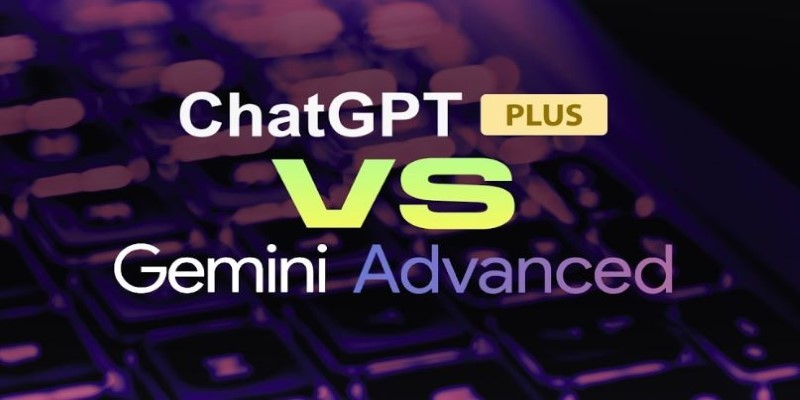
Curious about Gemini Advanced vs. ChatGPT Plus? This friendly guide compares both AI tools in writing, coding, speed, and everyday use to help you pick the right one
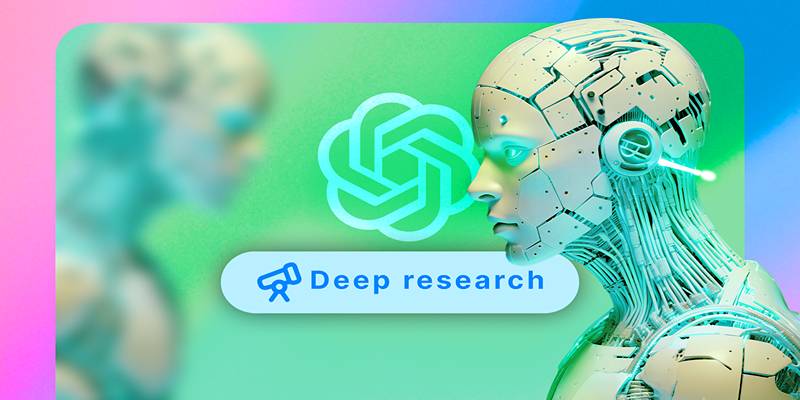
Explore 8 practical improvements that could make ChatGPT’s Deep Research tool smarter, faster, and more useful.

Explore how GANs are revolutionizing AI with synthetic data and transforming industries.
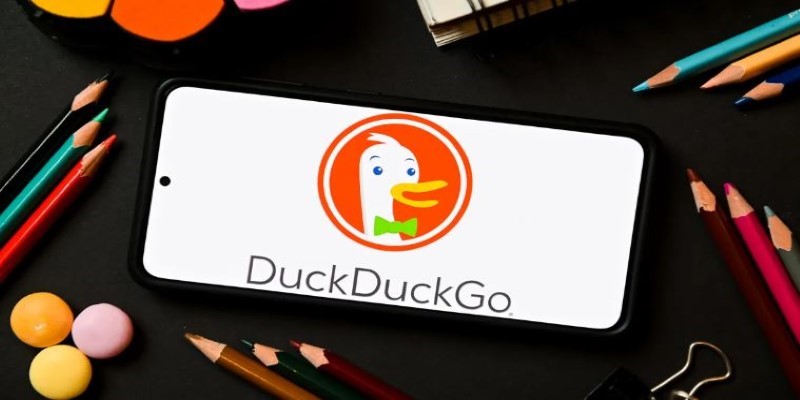
Looking for a private AI chatbot? DuckDuckGo AI Chat lets you use ChatGPT, Claude, and more—without tracking or saving your conversations

From AI fatigue to gimmicky features, these 7 signs show the AI boom may have already peaked. Here's what you need to know.
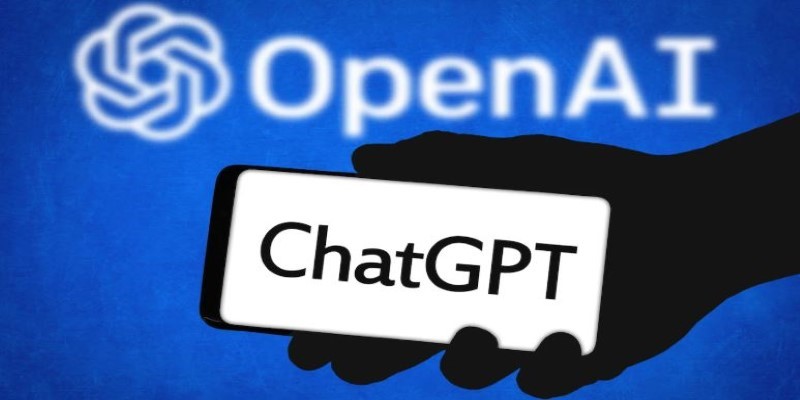
Wondering if ChatGPT plagiarizes? Learn about how ChatGPT generates text, its sources, and how you can use it responsibly without crossing into plagiarism

Using ChatGPT daily? These 10 UI improvements could make your experience smoother, faster, and more organized. Here’s what users really want
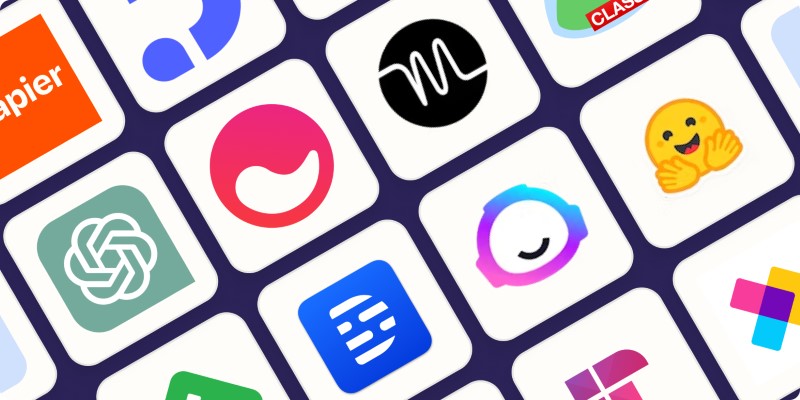
Discover the best AI search engines and tools to search the web smarter in 2025. Find what you need faster with these AI-powered web search platforms

Why the ChatGPT desktop app is better than the website in 2025. From faster performance to fewer distractions, explore features that make the desktop version more useful

Discover the power of spatial intelligence and its role in driving creativity, innovation, and technological advancements across various fields.
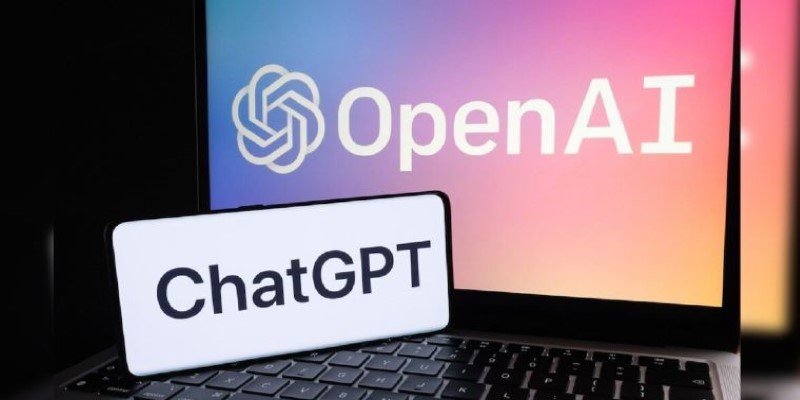
Worried about downloading the wrong app? Here's how to spot fake ChatGPT apps on the Apple App Store and make sure you're using the official version
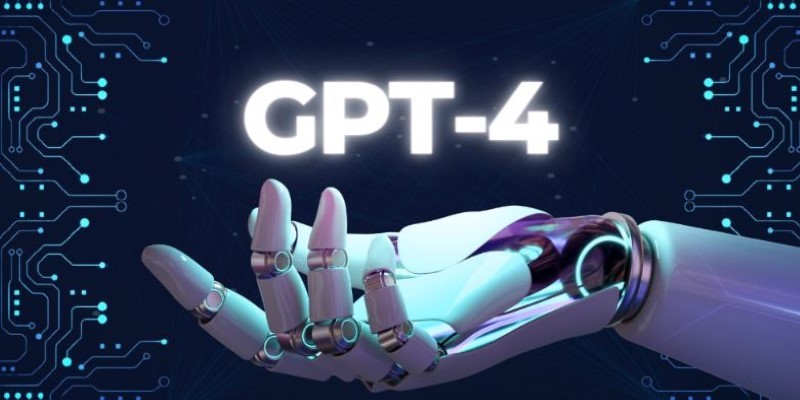
GPT-4 is now free for everyone, but there are still six key reasons to keep using ChatGPT Plus. Discover how you can get more speed, priority access, and extra features with a Plus subscription